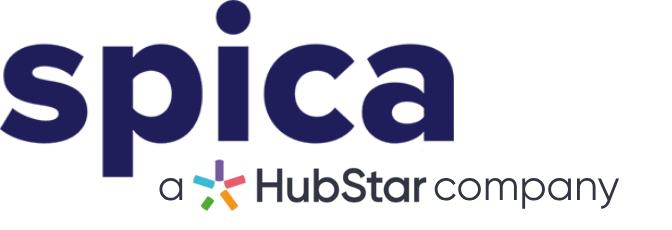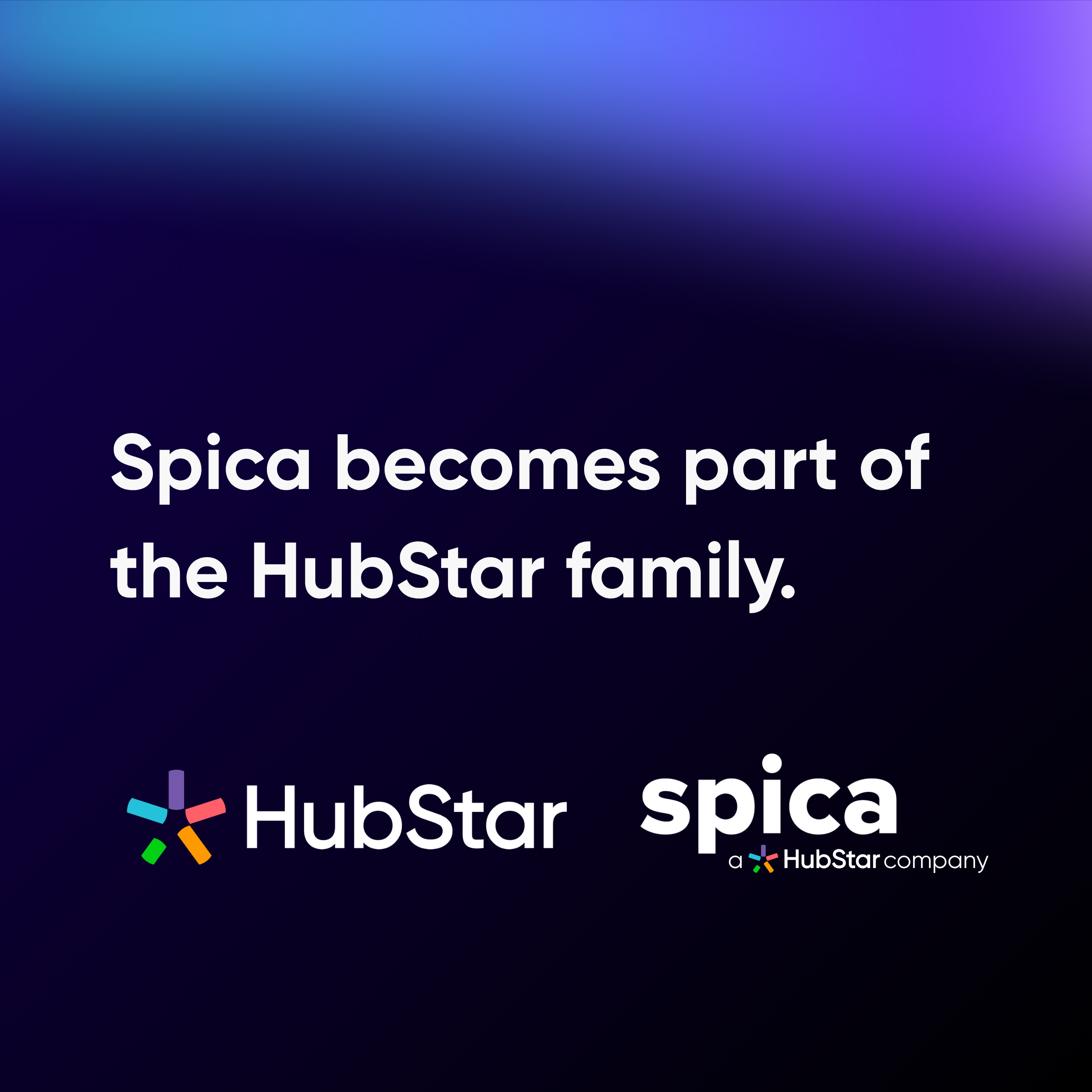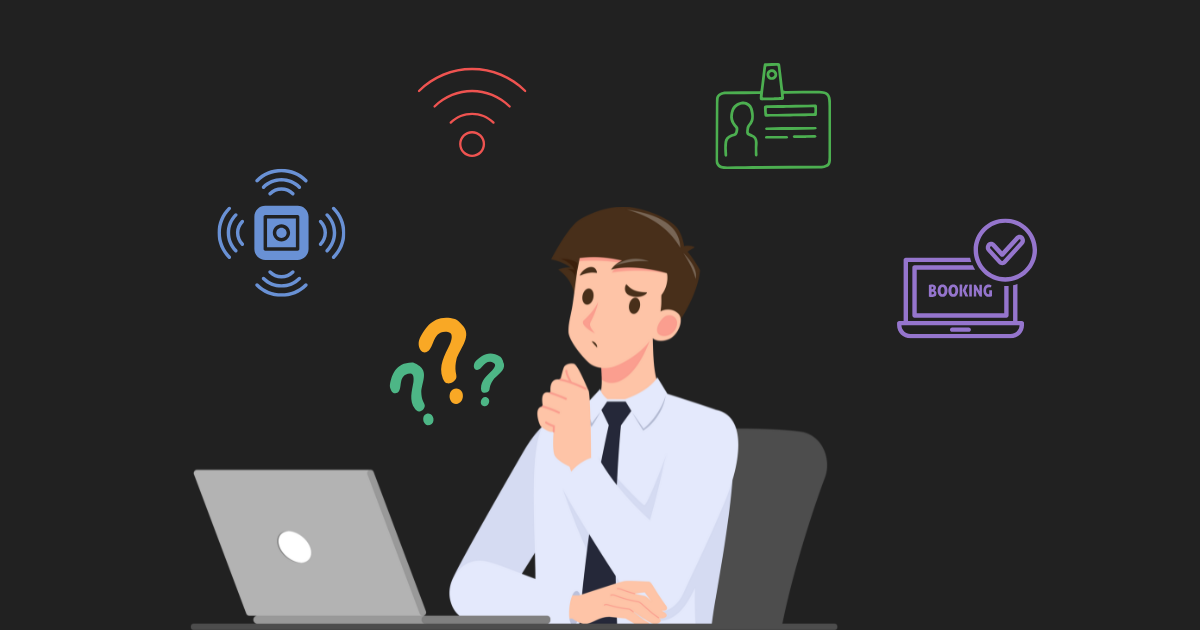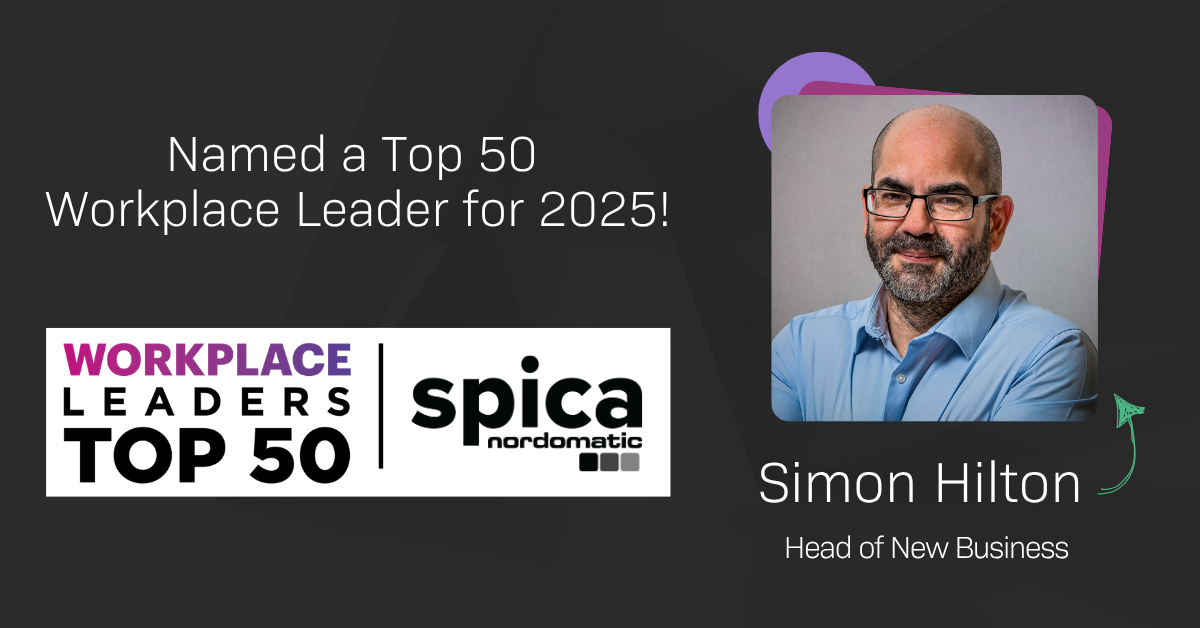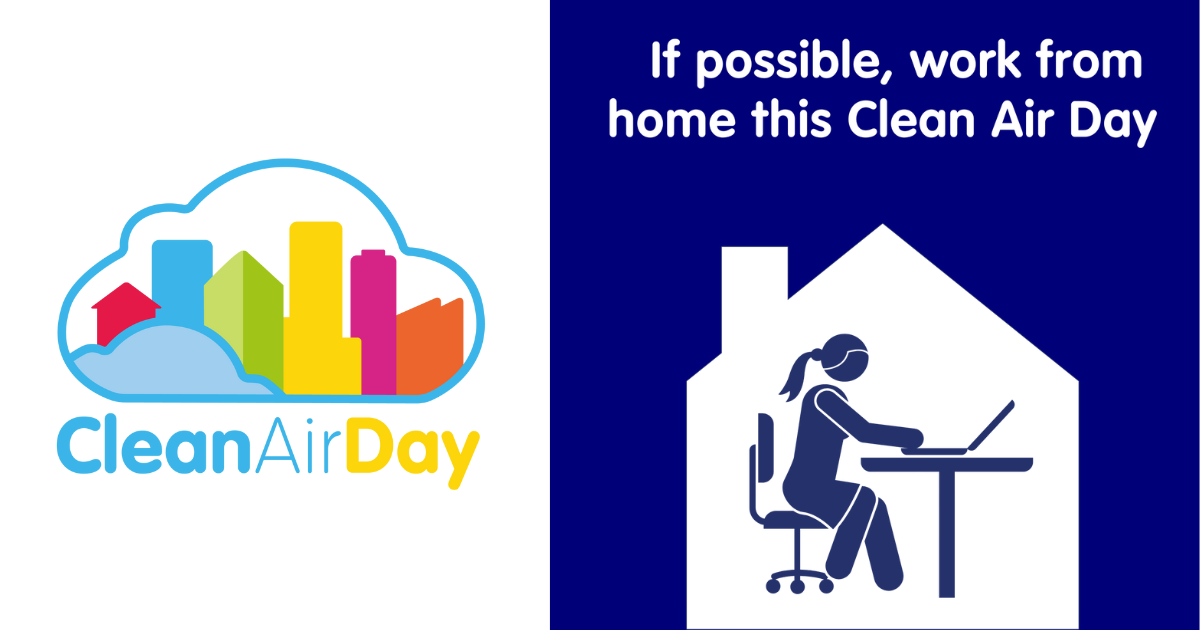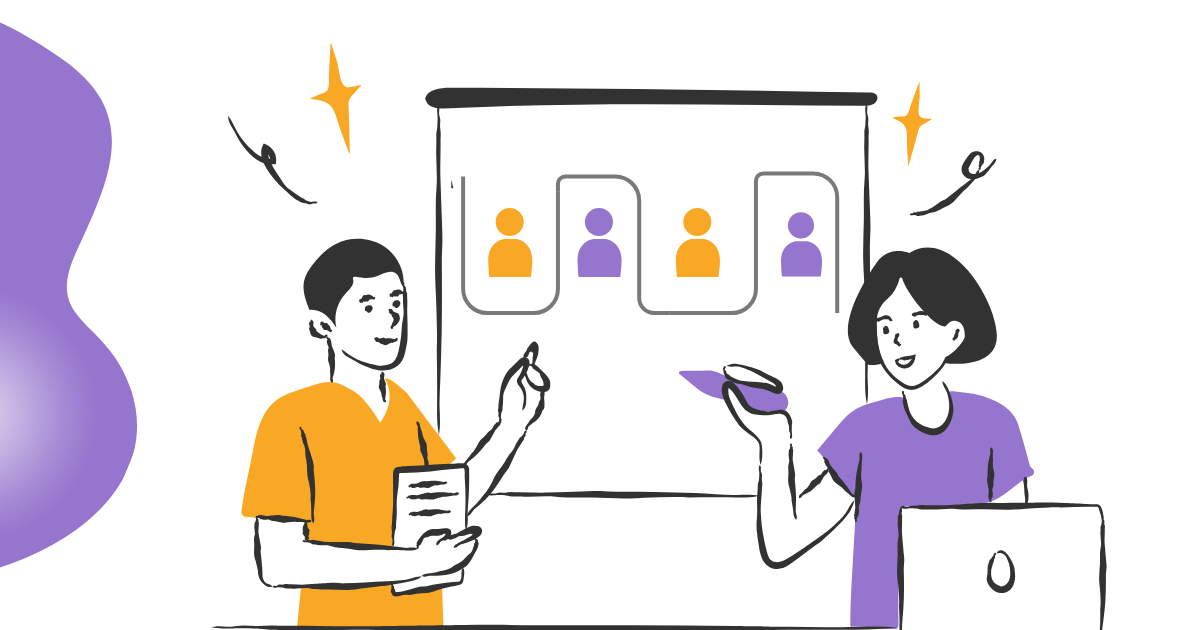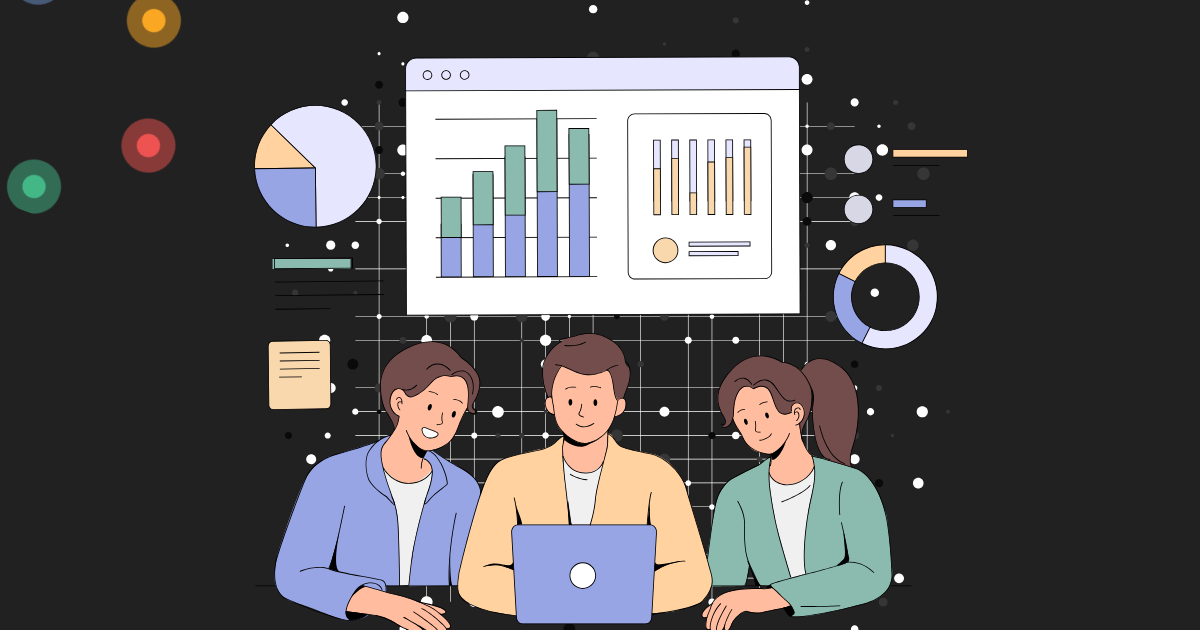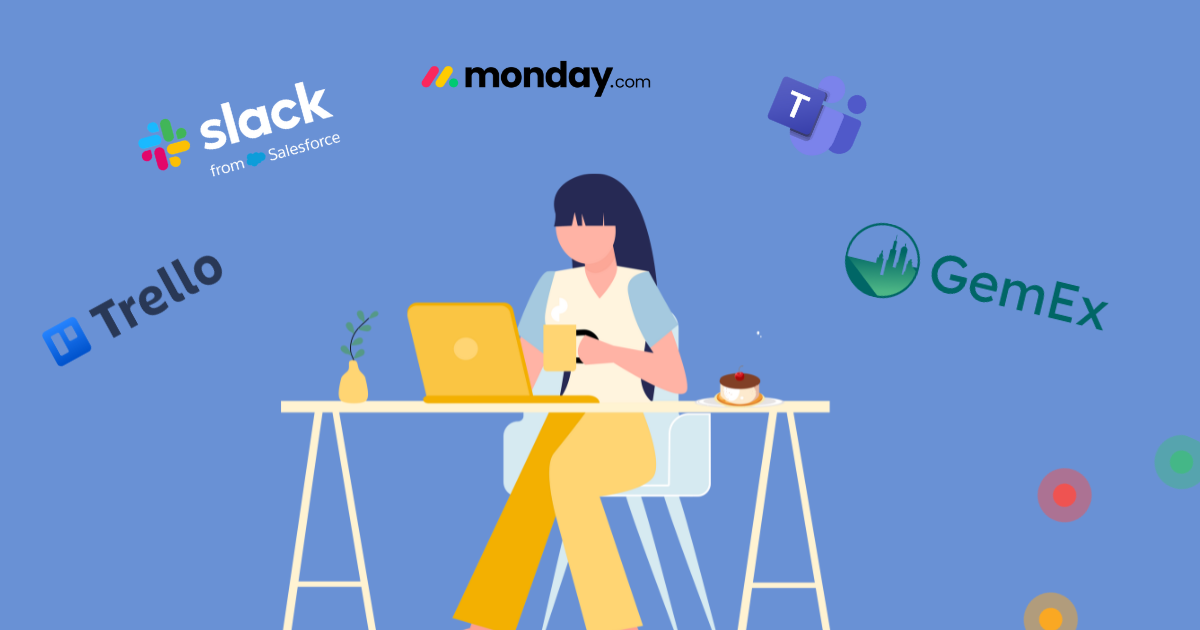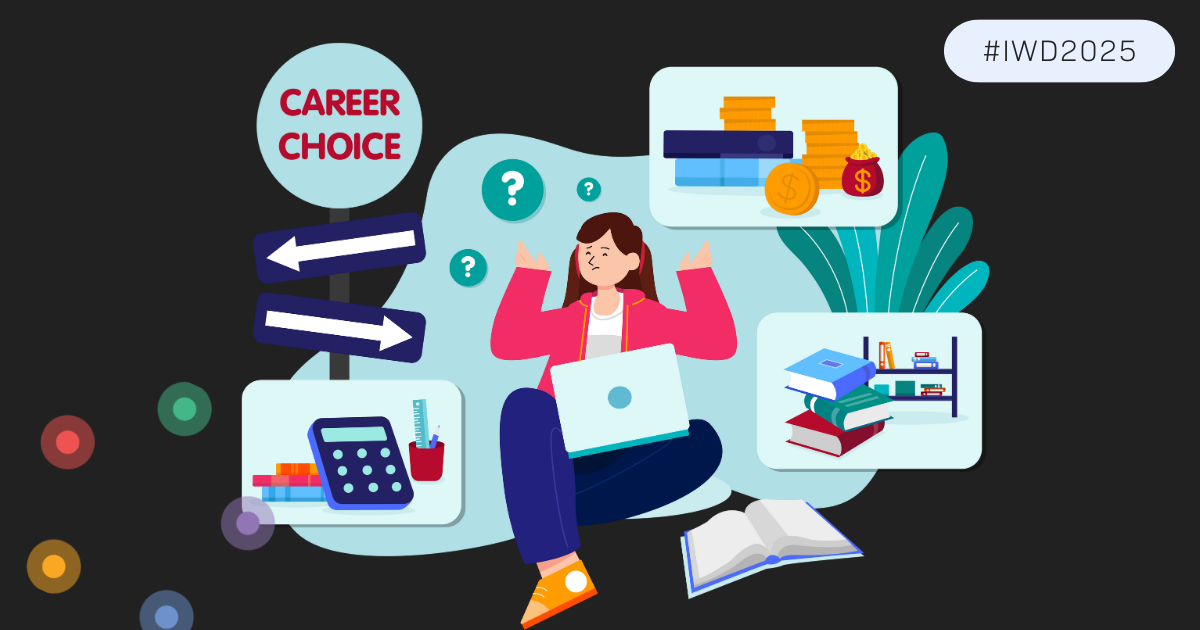Imagine you’re making breakfast; you get out the cereal and whichever version of milk you prefer and set about your task. Then your partner comes down and says pour them some as well, so you add another bowl. Then your neighbour pops their head in and says they’ll have some too. Odd, but you keep pouring. After a few seconds your hypothetical offspring come bounding down the stairs, but they don’t want cereal, they want toast. So you pop some toast in. You somehow managed to afford a little extension on your home so the final addition to the breakfast table is a team of builders all wanting a fry-up. You think maybe you might need a hand putting the most important meal of the day together. What’s this got to do with your corporate footprint?
What my incredibly long analogy is getting at is that when you’re managing one building, you can understand how it’s being used pretty easily with the right tools. Now add on another 10 buildings, in different countries with different software for managing space, room bookings and people counting. Anyone would need help at this point. That’s where real estate professionals are looking at big data analytics or portfolio analytics.
Portfolio analytics brings together data for your various assets in one place. Within the context of real estate, the analytics of your buildings can span continents and various types of usage data. Millions of data points on your corporate footprint are applied to your different buildings digital twins. This is then processed and surfaced in your configurable dashboard.
1. Build a solid business case
Big data needs context to tell a convincing story to decision makers for positive change. That change doesn’t have to be closing buildings. It could be reformatting space, closing floors on quiet days or encouraging new working patterns for staff. From a global, regional and building level view, portfolio analytics reveals at-a-glance insights into desk and meeting room usage that gives hard evidence to take those next steps.
Average desk utilisation is often below 40%, this is a huge cost for little used space. Having evidence of this wastage can help win decision makers’ hearts and minds.
But as any project planner will tell you, you need to measure and adjust after any change. You can use occupancy IoT sensor data following changes to demonstrate the success and build out change initiatives in new locations. If you’re company has been savvy enough to implement an employee app, you can also use the employee feedback options to make sure they are engaged in the change.
2. Using taxonomy to track estate wide initiatives
We’re seeing a drive by customers to standardise facilities and experiences of their work communities no matter where in the world they go to the office. Making every office a destination is top of the to-do list.
Successfully implementing these estate wide changes means keeping track of assets or spaces and having a standard language for them. The data your interrogating doesn’t have to just come from IoT sensors, the more context and meaning you add to your digital twin, the deeper your insights. That’s where a well organised taxonomy comes into play.
Taxonomy simply means a structure of organising items, in the case of a digital twin with lots of data points that means classifying your assets and points of interest. What this classification system allows for is advanced configuration, which I like to call super mega filtering to answer bespoke questions. In the Portfolio Analytics dashboard, you can apply those questions to data for one building or your entire estate.
- You are installing new equipment in all meeting rooms, does this increase their usage, are they popular in all locations?
- What ratio of desk types so you need: sit/stand, accessible, standard, private?
- Can you reallocate desks to another team, even if they are split over multiple locations?
Answer those questions with confidence and accurate data.
3. Understand behaviour and wider context
To understand how to proceed you need to assess the current climate. How are your buildings being used and why? When looking at a global set of properties it’s important to account for differences in locations. Our customers work communities see the working day starts around an hour earlier in mainland Europe than the UK for example. So, we factor that into the way we filter data and set working hours on a building basis.
Being able to see how different regions use work facilities alongside how the wider portfolio does can reveal interesting insights in the era of hybrid working. Are people coming in just for meetings, so do they really need a desk? Are more collaborative spaces and breakout zones needed? Tracking space utilisation of differing types of spaces at building or even floor level can all be seen within the Portfolio dashboard to steer estate planning in the right direction.
The most popular day according to our customers to attend the office is a Tuesday and Wednesday. But saving those days, attendance on other days varies wildly. If your leadership team wanted to encourage attendance on more days of the week or different days, you can engage with employee workplace experience apps like GemEx. Employee apps can have a broad range of features. Where workplace experience apps shine is engaging workplace communities to use facilities and amenities in a seamless way that still gives employers and landlords the power to set parameters on use.
For instance, our white-label app GemEx supports you in seeing which days your colleagues are in and allows you to book near them whilst the GemEx platform allows administrators to set rules on a team basis to enforce what days people attend or where they can sit. This is just one of many available modules within GemEx.
Ready to learn more?
Learn more about GemEx Engine® Portfolio Analytics and how it can help your corporate footprint.
If you’re ready to get started then request a demo where our Digital Workplace Consultants will take you through the dashboard, relevant features of the wider platform and answer your questions.

